BAGHDAD - When 2nd Squadron, 1st Cavalry Regiment, arrived at Joint Security Station Tarmiyah in January 2010, there were still empty shell casings scattered on the rooftops and in the guard towers; a misleading sign as to what they would encounter over the next year.
As the third and final 4th Stryker Brigade Combat Team, 2nd Infantry Division, unit to serve in Tarmiyah during Operation Iraqi Freedom, the squadron had the honor and privilege of transferring authority of JSS Tarmiyah to the Iraqi Security Forces, along with a sense of stability that hasn't been seen in the area in many years.
JSS Tarmiyah was established at the beginning of the coalition offensive known as "The Surge" when U.S. forces strategically placed security stations in areas that were under the control of insurgents. This was done to help connect U.S. forces with the local people and root out the insurgency.
Tarmiyah was considered one of the hubs of the insurgency and the last stopping point on the northern smuggling route where insurgents brought weapons and foreign fighters into the capital city.
During the brigade's first deployment in 2007 to 2008, Soldiers with 4th Battalion, 9th Infantry Regiment, inherited JSS Tarmiyah from 2nd Battalion, 8th Cavalry Regiment. However, it was not where 2-8 Cav. had originally set up.
Soldiers relocated the outpost after insurgents had driven multiple vehicle-born improvised explosive devices into the original structure and then tried to overrun it Feb. 19, 2007. Outnumbering the U.S. Soldiers, they killed two and wounded another 28 of the 36 surviving Soldiers on that day.
Just seven months after the attack, 4th Bn., 9th Inf. Regt., with the help of 2nd Battalion, 23rd Infantry Regiment, swept through the town during Operation Raider Riviera. Clearing the area of insurgents was to be the beginning of the "clear, hold, build" strategy that became instrumental to the success of the surge and put Iraq on the path toward long-term security.
It was a dangerous time in 2007. When Soldiers went out on missions, they kept a vigilant watch for the "Tarmiyah sniper."
Staff Sgt. Thomas Martin was a squad leader with Company C, 4th Bn., 9th Inf. Regt., and said he remembers one time when his platoon had a run-in with the sniper.
"We were actually pulling [security] on the JSS. I was in the TOC running the radios and then we received fire from the mosque, which was [pretty much] directly across from us," said Martin, who now serves as a liaison for his battalion in the brigade tactical operations center at Camp Liberty.
The company commander at the time called for helicopter gunship support while another squad went out to investigate, he said. During the engagement, the squad continued to receive enemy fire, which resulted in the death of a U.S. Soldier.
Throughout their time at Tarmiyah, the unit continued to suffer casualties from the phantom sniper, leaving the men wary whenever they went out on missions.
"Every platoon was very aware of his presence and if you dismounted, you took precautions," said Martin.
Years later, 2nd Sqdn., 1st Cav. Regt. Soldiers walked past the mosque near the JSS that was known as the sniper's hideout, knowing how dangerous it used to be, yet not necessarily fearing that they would become his next victim.
The hard work and sacrifices made by 4th SBCT, 2nd Inf. Div., in 2007-2008 allowed for the squadron to face a less hostile environment in 2009-2010.
"[We] made a very good name for ourselves there," said Martin. "By the time we left, we were able to shop at some of the local shops and feel safe about it."
"All in all, the general populace started to embrace us and see that we weren't there to hurt them," he added.
Martin remembered the time a local mother fed him and his squad after they had commandeered her home for a mission.
"My squad got picked to pull an SKT - Small Kill Team - one night on this doctor's office," recalled Martin. "So we moved in under the cover of darkness, on foot, and when we got there, we set up upstairs.
"Our interpreter told the family to stay downstairs and we were staying the night. After five hours of being there, the male was nowhere around, so the female actually made food for us and brought it up."
Martin said he shared a similar sense of human decency as that Iraqi woman.
"If it had been my house and I'd have been in the same situation, I think I probably would have done the same thing," he said.
The lasting effects of the security situation in Tarmiyah he and the other members of his unit have recently enjoyed didn't come without a cost.
"I don't want to talk about it," is a common response by many of the Soldiers who lived on the JSS during the brigade's previous deployment and worked to make the city safer. Some who do choose to talk about it do so with a detached, stoic approach, carefully choosing their words as if attempting to avoid stirring up raw memories they carried with them after leaving the palm groves and city streets of Baghdad.
The Soldiers are quick to recall specific checkpoint names and numbers, however, but say they don't remember a lot of what happened during the previous tour in Iraq. Even while telling stories they do remember, a distant look settles on their faces as they recall certain events.
But others involved in the clearing of Tarmiyah speak more openly about it.
Master Sgt. Jonny Resseguie, then a platoon sergeant with 2nd Bn., 23rd Inf. Regt., compared the push into Tarmiyah to his battalion's operations in Rashid and Dora, where they spent the first five months of the deployment.
"It's not like we [had] bloodlust or anything. ... We're here to fix the problem, get things on the way to where it is, and then we're going to go on to the next worst problem ... which is what that tour was all about," said the five-year 4th SBCT, 2nd Inf. Div., veteran.
Company C, 2nd Bn., 23rd Inf. Regt. was attached to 4th Bn., 9th Inf. Regt., to assist in clearing operations throughout Tarmiyah. Meanwhile, the rest of 2nd Bn., 23rd Inf. Regt., spearheaded operations in Muqdadiyah in the Diyala province.
By the end of the tour, 4th SBCT, 2nd Inf. Div., lost 54 Soldiers. For some Soldiers still with the brigade, returning to these hard-fought areas for another deployment has been an emotional experience, but one that has also offered healing.
"There's always that need to feel some sort of closure when you go through something like we did for 15 months the last time we were here," said Resseguie, as he recalled the tough combat he and his men encountered in the Rashid area, Dora market area, and in Muqdadiyah.
"It's nice to go back and see it doing better and see [this] is the ground that they fought for, this is the ground that they died on, and this is where it's at now."
While he never had the opportunity to return to Dora, Rashid or Muqdadiyah, he was able to close the book on Tarmiyah by attending the transfer of authority ceremony held on the very JSS he and his men had helped protect.
"That was my chance to get a little closure," said Resseguie. "It helps out a little bit."
Being able to drive along the roads to Tarmiyah without anything blowing up, knowing all those horrendous acts were in the past and now seeing locals cultivating the land shows the difference in the times, said Resseguie.
"It says right there the momentum that 4-9 started back then and was carried on by the follow-on units which culminated with 2-1 Cav. [is] amazing work," he said.
For others, such as Martin, the only closure necessary is to make it through this deployment with the hope that he'll never have to return.
"I've been there, done it; that's it. The past - I survived. My guys survived," he said. "It's just a dot on a map now."
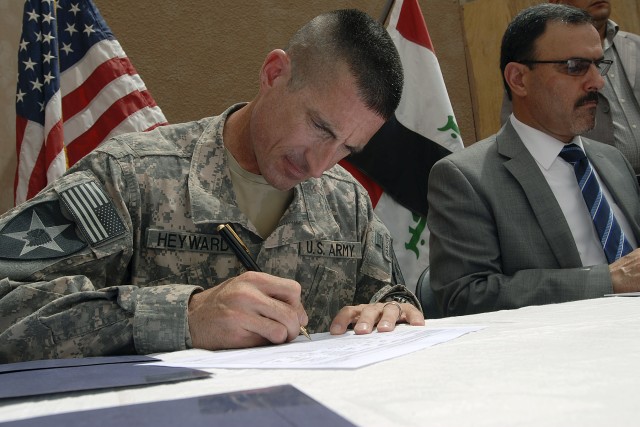
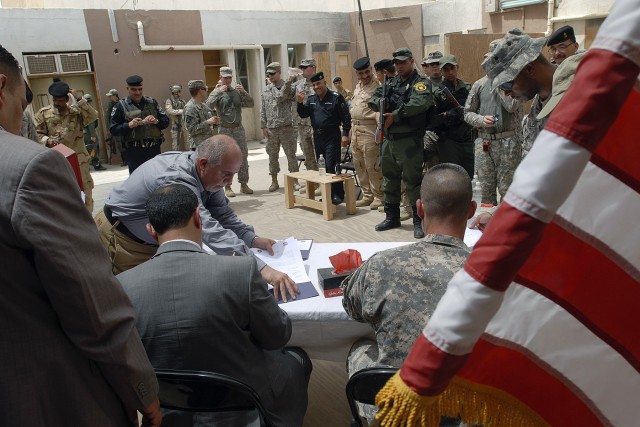
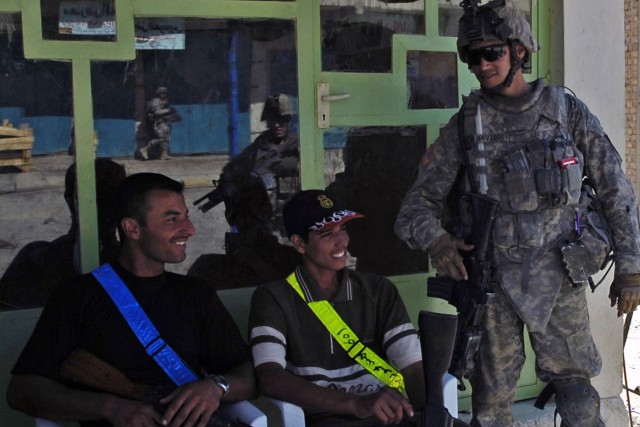
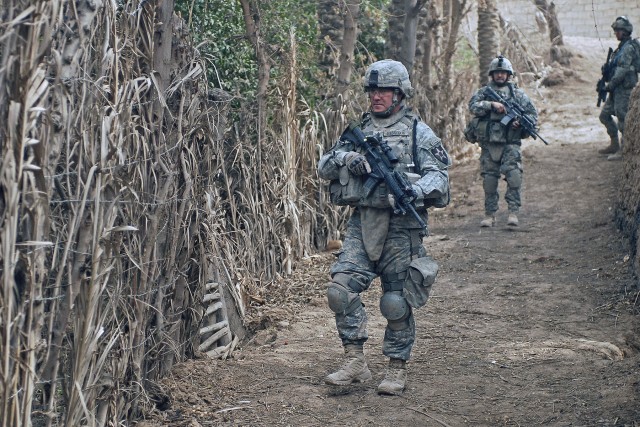
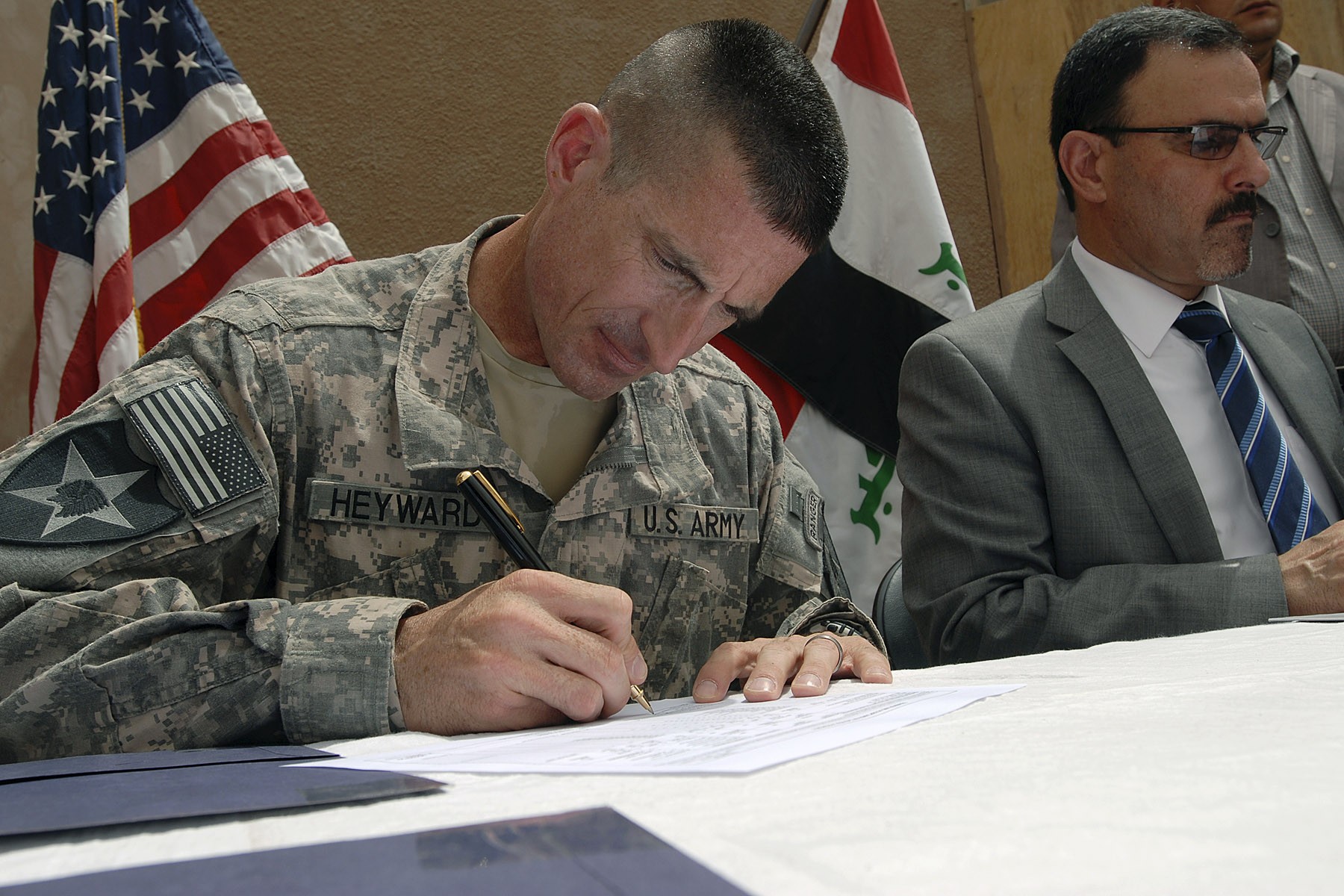
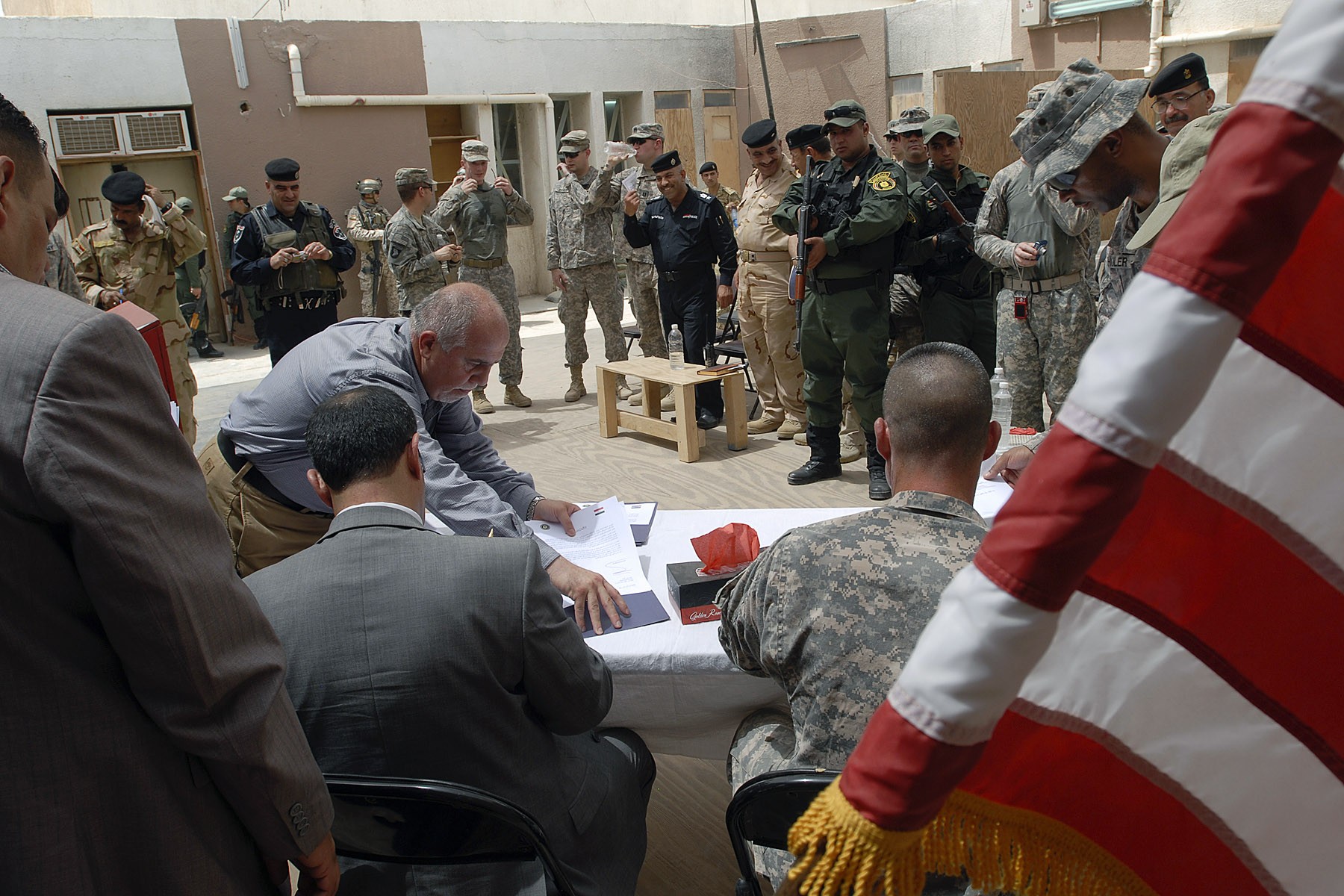
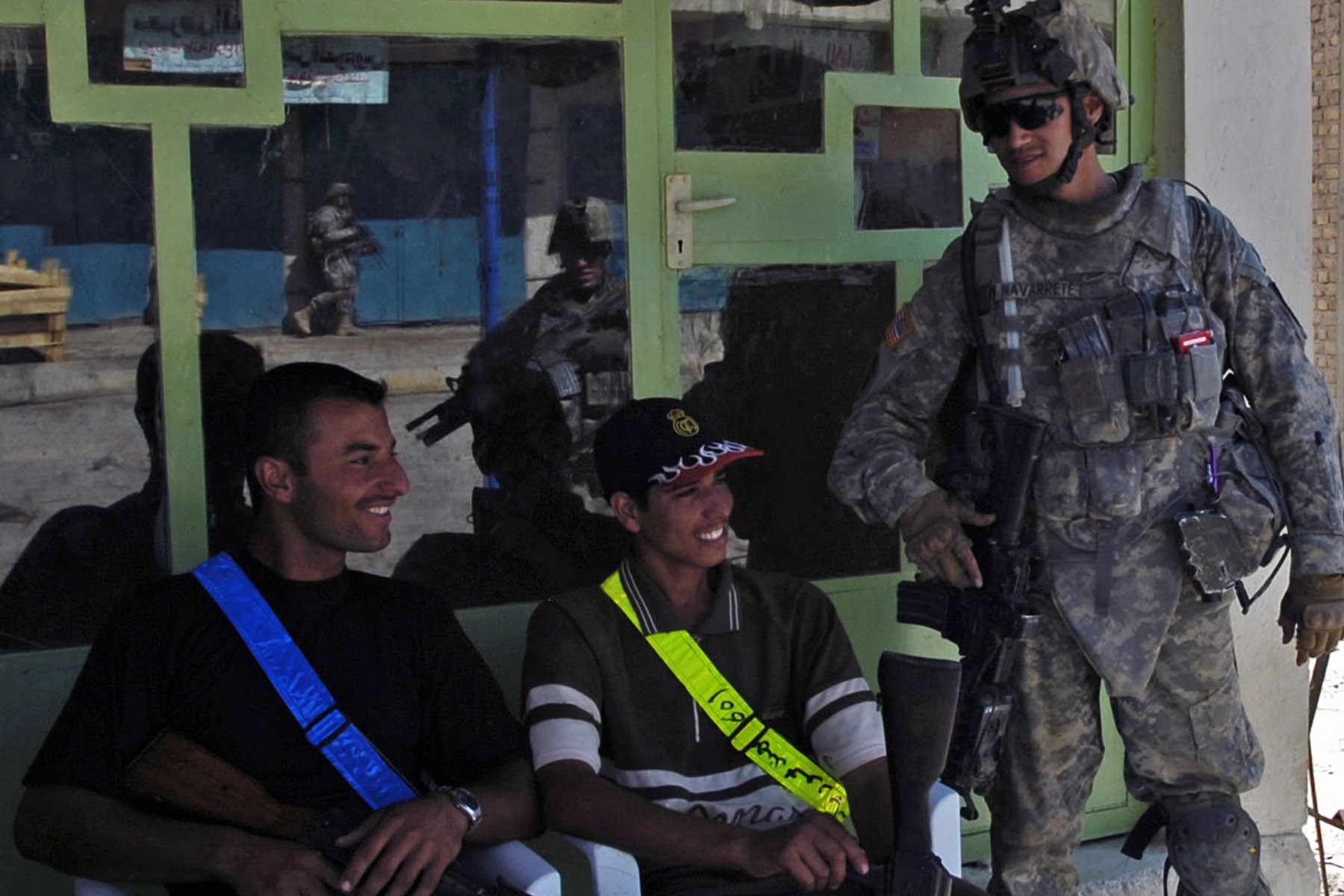
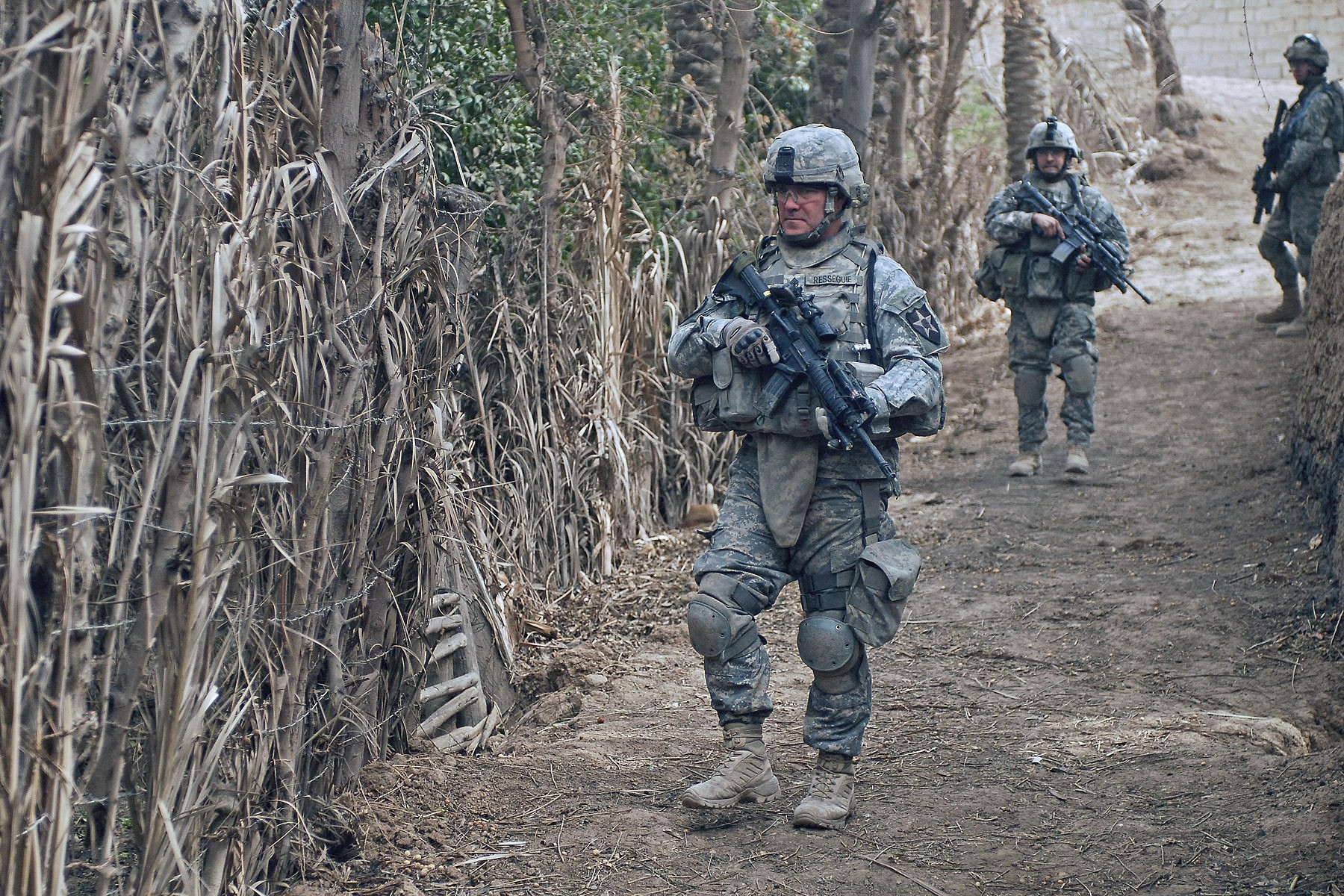
Social Sharing